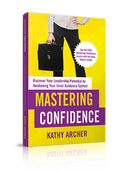|
Building Emotional Intelligence As a nonprofit woman leader, do you ever wish that you could pause a situation, rewind and pull back what you just said or did? There are certainly days that I wish that I could reverse time and have a do-over of a conversation or situation. Sometimes words seem to fall out of our mouths, and we wish we could grab them back. Understanding Emotional Intelligence As a new leader, after moving up from a front-line position to a leadership position, I was suddenly supervising my peers. Feeling unsure of myself and lacking the confidence to address issues calmly, I remember yelling at my administrative support 🤦🏼♀️ As soon as I did, I regretted it😞 I couldn't take back what I'd said. However, I learned to build my confidence and manage my emotions over time. Increasing my emotional intelligence helped me and can help you! While we can't change the past, we can slow down what is happening inside of us and positively impact what we say and how we behave, thus reducing the number of times we say or do something we regret. Doing so is all about working on building your Emotional Intelligence. It starts with learning to be aware of your emotions Someone high in Emotional intelligence, or EQ, is aware of their emotions and good at managing them. What we feel plays a key role in what we say and do. To be more tuned into what you are feeling requires you to slow down time and widen the gap between what happened and your reaction. Using the Inner Guidance Cycle helps you to do that. 🔄 Use The Inner Guidance Cycle When you PAUSE, you'll create time to PONDER and reflectively look back at past situations to see the space between an incident and your reaction to the incident. That microsecond between the two is the segment of time we want to examine first after the fact, but in time, you'll learn at the moment to be more in control of what happens in that space. When examining this gap, you want to get curious about what happened after an incident and what story you made up about that incident that caused the reaction. This is the PONDERING place where we explore thoughts, feelings and body sensations. Understanding and often changing our story is critical It is the story you told yourself, the thought that resulted in the feeling that caused you to say or do something you may regret. I use the word "story" for a reason. While we like to think of it as the truth, it's only our version of the truth. It is the story we make up based on our beliefs, values, past experiences and more. It's our perspective. When we start to change that story or shift our perspective, we move into the PIVOT stage of The Inner Guidance Cycle. These are the four steps in the Inner Guidance Cycle
Exploring the Gap Here's what is happing, often without you realizing it 👇🏻 🟦 The Incident Something happens.
🟦 Your Thoughts What we mistakenly think happens after the incident is that we react. However, this is where the gap is, after the incident but before the reaction. In that time, much transpires inside your mind and through your body. 🤔 When that thing occurred, you had a thought. Usually, it's not a conscious thought. In most cases, you aren't even remotely aware that anything happened, but it did. During this gap, you have thoughts such as:
🟦 Your body sensations The thought about the incident then creates the feeling. You experience fear, anxiety, or frustration. That feeling is felt in your body as a body sensation.
🟦 Your subsequent feelings When something happens, and we have a thought about it, as our body responds, we also have a variety of feelings. Rather than simply being mad, sad, or glad, our emotions are much more granular. We may feel:
👉🏻 Expand your Emotional Vocabulary Understanding Reactions and Responses 🟪 Your reaction It is the thought and the feeling about the incident that dictates the way you respond or react. This includes what you say and what you do. At that moment, we either react unconsciously OR if we've become more emotionally intelligent, we may choose a conscious response. Those times when the words fall out of our mouths, and we wish we could grab them back, are usually reactions. When we get angry over someone's insensitive comment, we struggle to process the thoughts and feelings attached to that hot spot they just hit. Triggered, we lash back, shut down or avoid dealing with something that should have been addressed. In essence, we fight, flight or flee. 🟪 Or your response When we use The Inner Guidance Cycle to widen that gap of time between what happened and our subsequent actions, we can first get clear on the story we are making up in our heads and our feelings attached to that story. When we do that, we have a choice to believe or alter that story. An example: Here's a personal example from one of my clients. After telling me what happened when her husband came home, we broke it down like this:
After coaching, you came up with a more Emotionally Intelligent way to respond in the future.
She knows this choice to respond this way will diffuse the situation rather than have it spiral in ways neither of them wants. Here's how you can apply it The same could be true at work. Perhaps you feel that your boss is attacking you, and your feeling backed into a corner. The reaction might be to get angry and come out fighting. Instead, by widening that gap, your subsequent thoughts and feelings can be different. 🟢 A person with high Emotional Intelligence might notice the following: "I'm feeling attacked and notice my body getting into fight or flight mode. Wait a minute. I know I'm a good person. Maybe what he's trying to say is more about the project and not me. It might be his fear of failure coming through. We are actually on the same side. I sure as heck don't want this project to fail at this either." The Inner Guidance Cycle gives you a framework to use After this thoughtful PAUSE and taking time to PONDER in our minds, we usually feel the shift of perspective, PIVOTING to a new response. PROCEEDING, we will be more in control of our emotions, words, and actions. The words that consciously come out of our mouths, rather than fall out, will move the project and the relationship forward. You can use The Inner Guidance Cycle to prepare for a tough talk with your employee! 👉🏻 Prepare for a tough talk Increased emotional intelligence gives you increased confidence You can choose your response when you are more aware, mindful and conscious. Use The Inner Guidance Cycle to increase your awareness and choice of action, increasing your Emotional Intelligence. You will not only be aware of your emotions, but you will get better at managing them. This increased awareness allows you to examine your thoughts and feelings and decide if they are true. Then, you can change them if you want fewer regrets and more feelings of confident leadership! Being more in control of your emotions helps you feel more confident as a leader. However, getting to this point takes intention, inner work, and self-reflection. In The Training Library, I purposefully create worksheets to help you do the inner work. Whether you are looking to deal with office politics, prepare for an upcoming 1-1 meeting with your employee or be more decisive, The Training Library will help you do the self-reflective work necessary to build your emotional intelligence, confidence and leadership capacity. What are you waiting for? Join The Training Library today!
0 Comments
Your comment will be posted after it is approved.
Leave a Reply. |
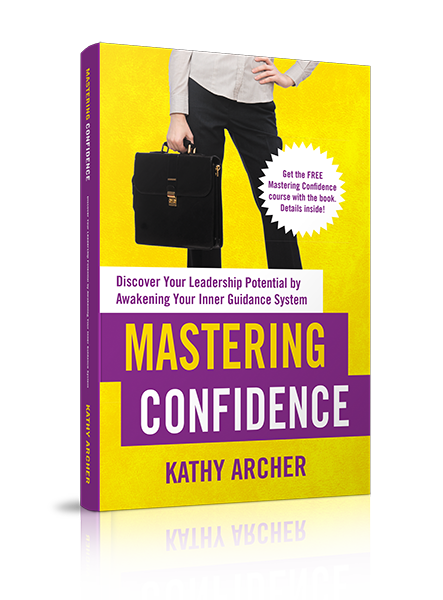
Available on Amazon
Archives
May 2024
|
|
Leadership TRAINING for Nonprofit Leaders
Become a confident and competent nonprofit Leader: Join The Training Library membership Executive and Leadership COACHING Leadership Coaching for Nonprofit Executives, Leaders and ManagerCoaching |
PODCAST for Nonprofit Leaders
The Surviving to Thriving podcast: Strategies, systems and support to lead your nonprofit with confidence FREE RESOURCES to Grow your Leadership Skills Free Leadership Training Resources, Worksheets and Templates |
Become a CONFIDENT LEADER
|

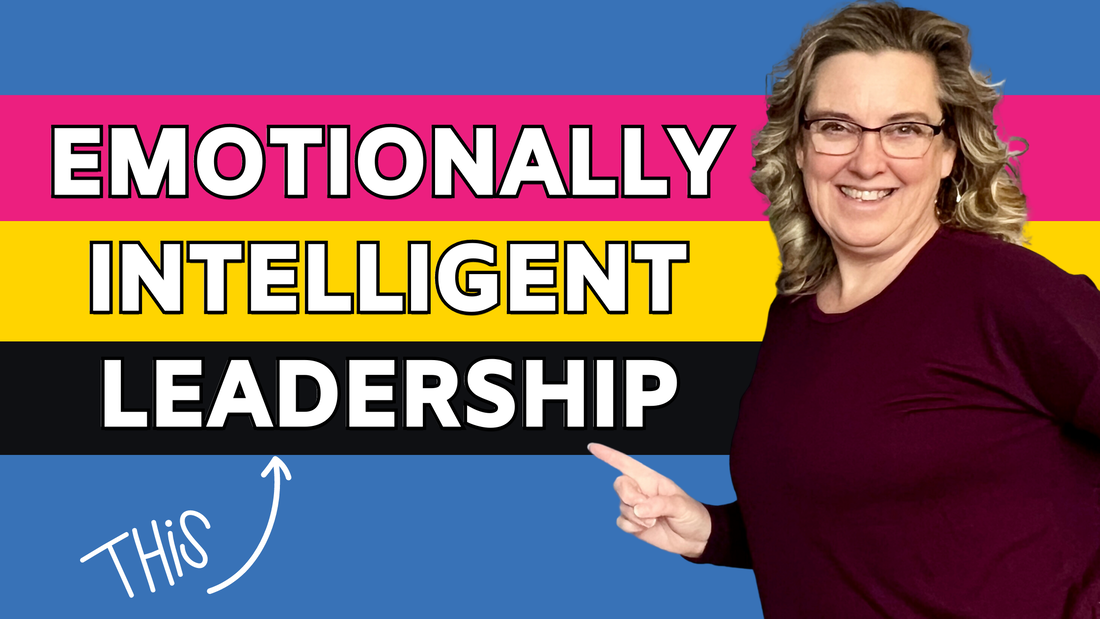
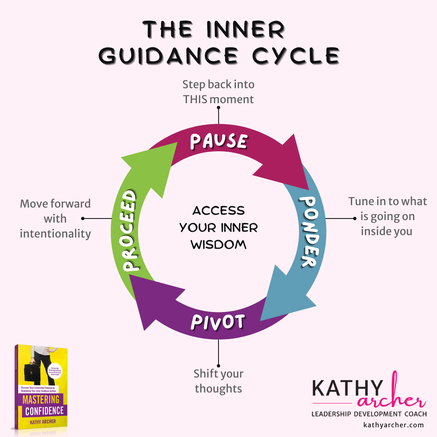
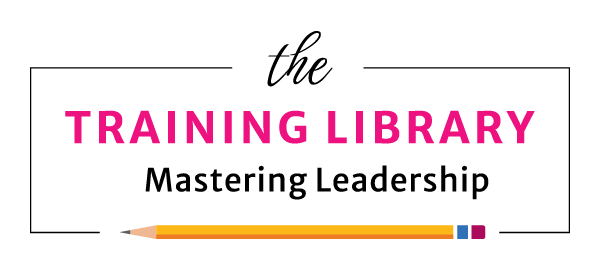

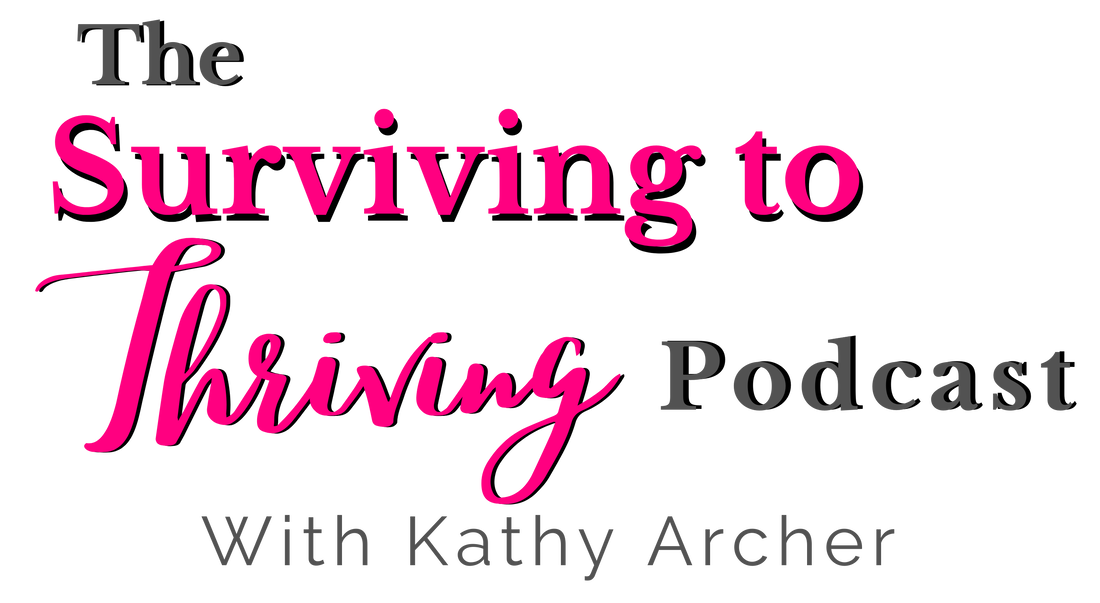
 RSS Feed
RSS Feed
